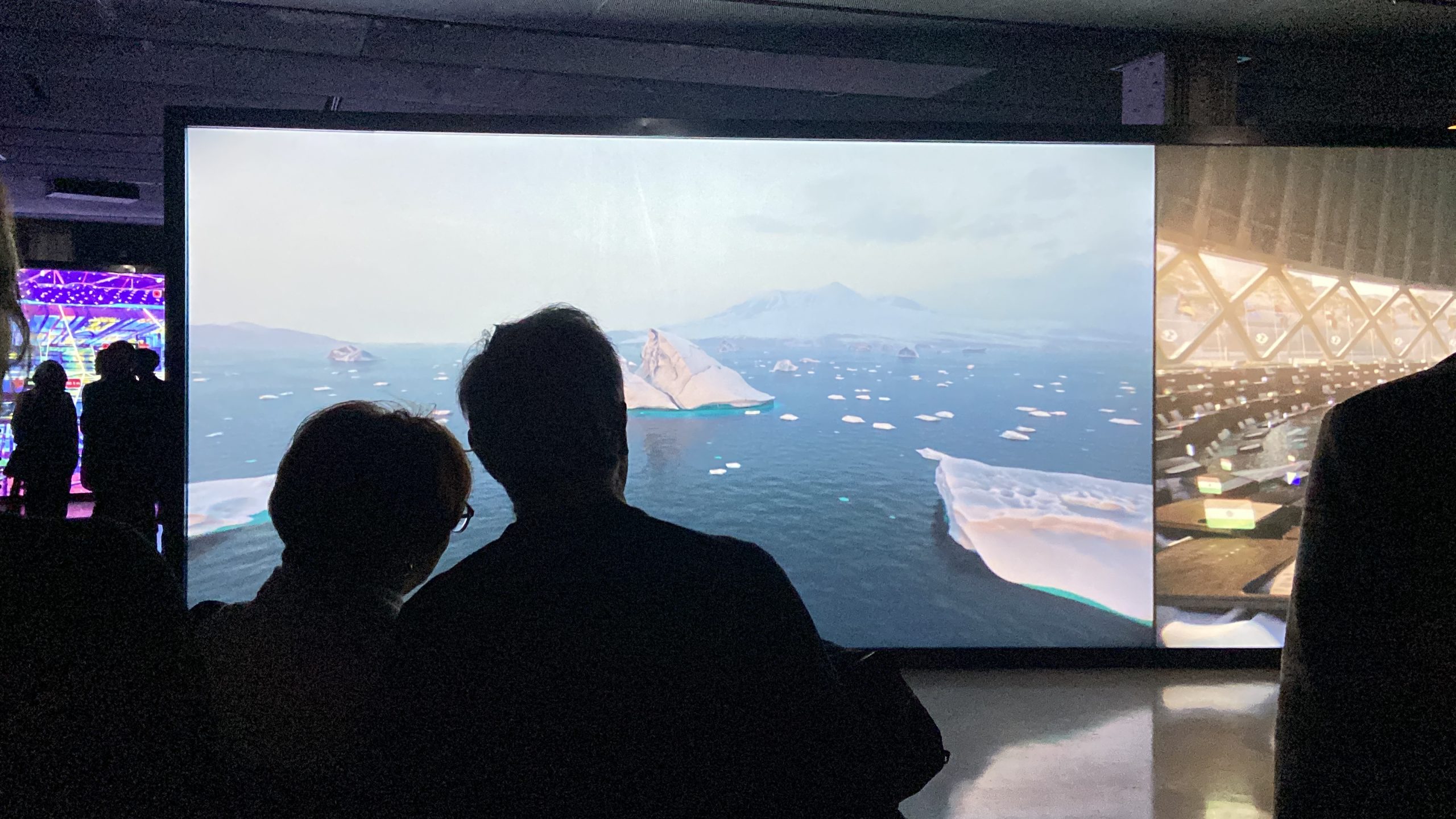A research and strategic foresight initiative with BBVA Spain, where we asked: What will it mean to be a “companion” in 2030?
To address this question, we designed The Oracle, a framework that enabled us to detect the social, technological, economic, political, and cultural shifts reshaping the concept of companionship—and to explore their implications for the relationship between brands and customers. Through a qualitative research process, we examined how societal expectations around the role of a “companion” may evolve in the future, identifying both opportunities and challenges for brands. The goal was to inform BBVA’s Marketing, Behavioural Economics, and Design strategies, translating our findings into concrete initiatives, value propositions, and customer experiences for the years ahead.
Approach
During the first five months of the project, the research team conducted a systematic detection of signals of change through:
Documenting emerging trends, gathering over 300 strong signals from media, social networks, regulation, the tech industry, and new market initiatives.
- Monthly sensemaking sessions, where we analysed and prioritised insights to define the key research directions.
The envisioning and scenario development phase took place over the following six months, culminating in the identification of critical issues for BBVA. This phase explored how each scenario could impact the organisation from both a business and societal perspective.
Additionally, we developed strategic recommendations and roadmaps, translating insights into tangible initiatives that enable proactive decision-making and adaptation—enhancing the customer experience in a rapidly evolving landscape.








